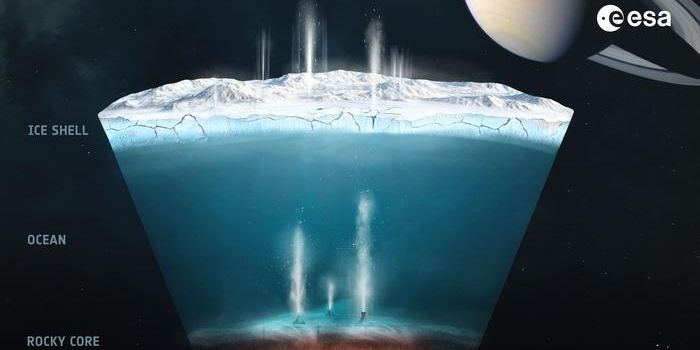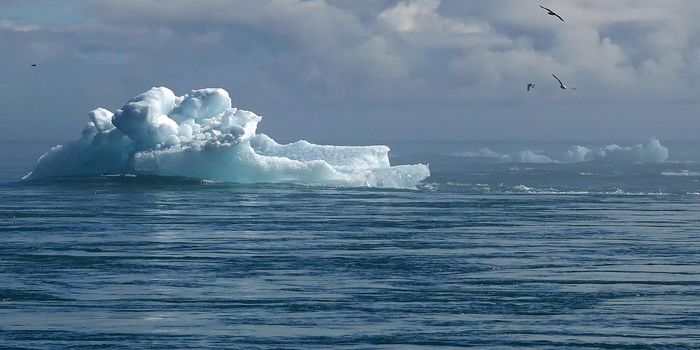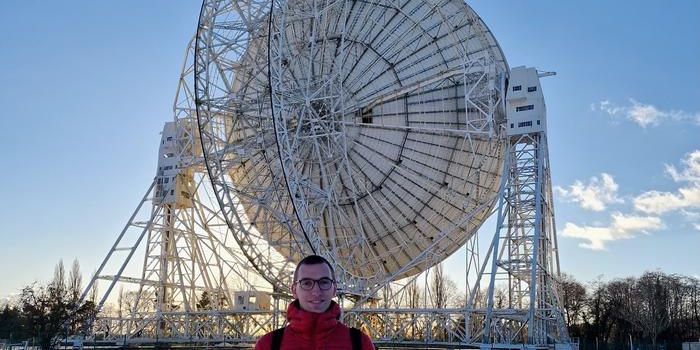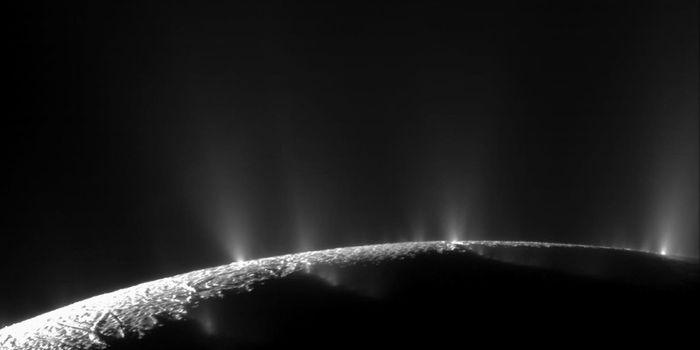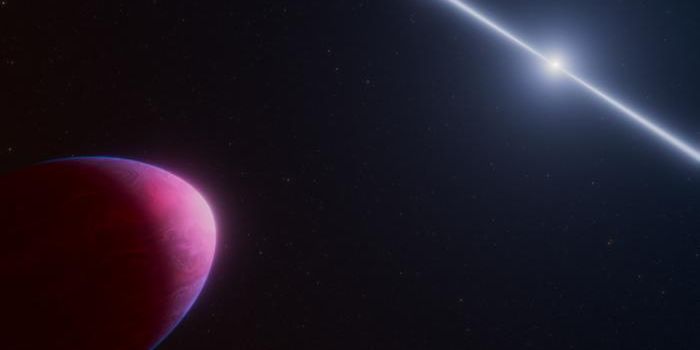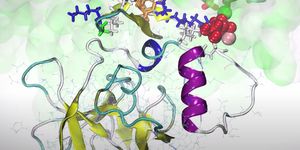Improving understanding of slow-slip earthquakes
New research on subduction zones and the slow-slip behavior of tectonic plates provides insight into how megathrust earthquakes and the tsunamis they result in could be triggered. The findings are published in the journal Geochemistry, Geophysics, Geosystems.
"What we found was pretty unexpected," said Kirsty A. McKenzie, a doctoral candidate in geoscience at Penn State. McKenzie is referring to the way that earthquakes typically move. Earthquakes from slow-slip subduction zones occur when two tectonic plates collide and one moves underneath the other. This type of earthquake usually exhibits energy that moves mostly downward, unlike the movement of energy seen from megathrust earthquakes that move in the same direction as the plates.
"Usually, when an earthquake occurs we find that the motion is in the direction opposite to how the plates have moved, accumulating that slip deficit," explained Kevin P. Furlong, Penn State professor of geosciences. "For these slow-slip earthquakes, the direction of movement is directly downward in the direction of gravity instead of in the plate motion directions."
To consider the movement of these slow-slip earthquakes, the research team concentrated on the subduction zone of Cascadia that runs from Vancouver Island, Canada, to northern California. The region includes the volcanic range of Mount St. Helens, Mount Hood, and Mount Rainier.
They found that slow-slip earthquakes happen at depths greater than those of megathrust earthquakes and occur more gradually. "Slow-slip earthquakes rupture over several weeks, so they are not just one event," said McKenzie. "It's like a swarm of events." The researchers wanted to investigate how deep slow-slips may accumulate to influence the timing and behavior of the larger, damaging megathrust earthquakes.

This field is relatively new, explain the scientists. "The reason we don't know all that much about slow-slip earthquakes is they were only discovered about 20 years ago," said Furlong. "It took five years to figure out what they were and then we needed precise enough GPS to actually measure the motion on the Earth's surface. Then we had to use modeling to convert the slip on the surface to the slip beneath the surface on the plate boundary itself, which is bigger."
They say that their findings are the beginning of better understanding the fundamental behaviors of subduction zones all over the world, information that could help geologists predict when the next megathrust earthquake will occur and enhance community preparation.
Sources: Geochemistry, Geophysics, Geosystems, Science Daily

